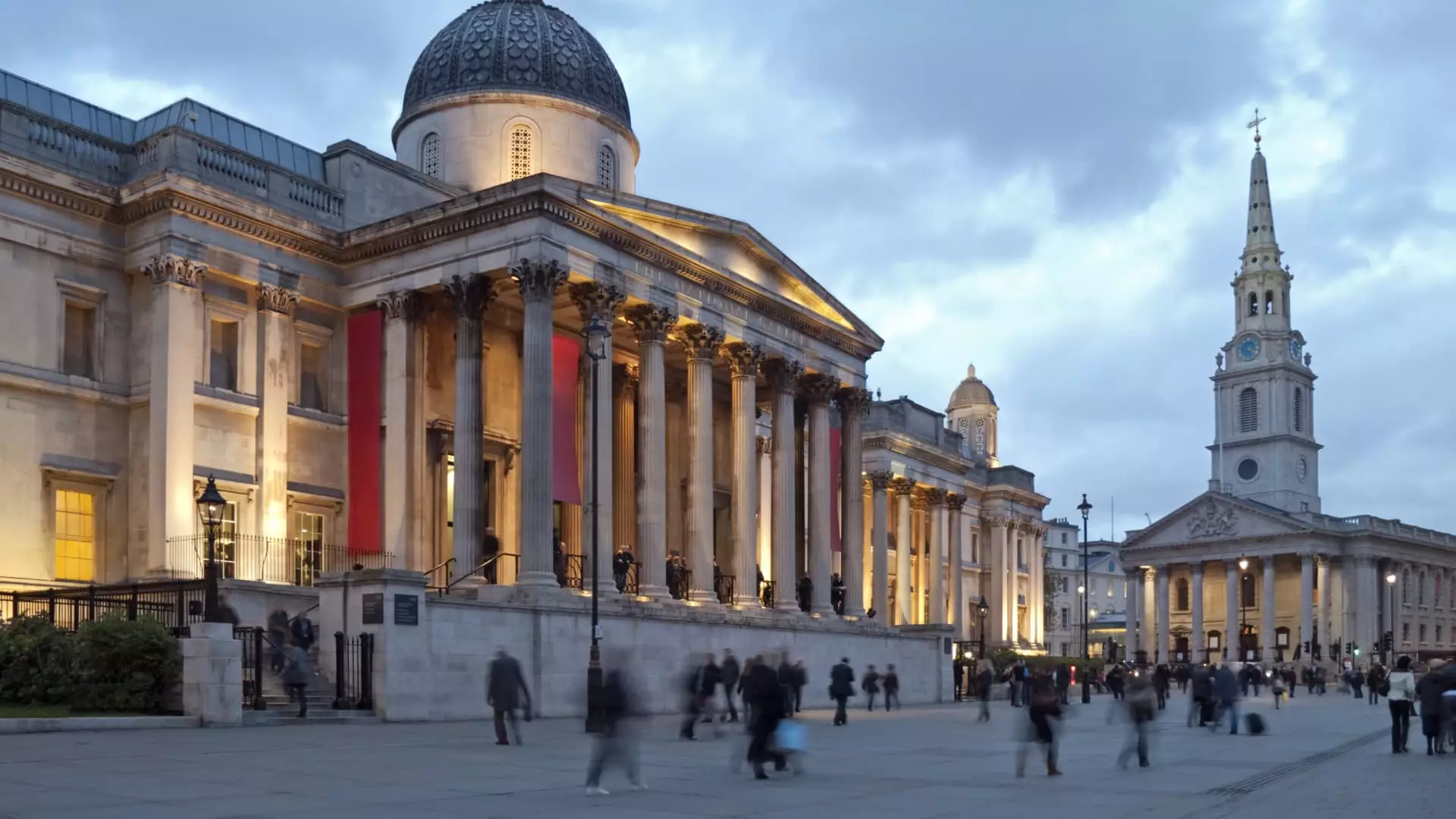Recent data from the Office of National Statistics (ONS) has revealed that the U.K. economy expanded by a mere 0.1% in November. This growth rate falls short of the anticipated 0.2% growth forecasted by economists surveyed by Reuters and follows a series of disappointments, including a decline of 0.1% in both October and September. The seemingly fragile state of economic activity indicates potential long-term challenges as the nation navigates an uncertain fiscal landscape.
Key factors contributing to this slight uptick include gains within the services sector, shedding light on the sector’s role as a principal engine of growth. However, any optimism should be tempered by the subsequent data signifying stagnant real gross domestic product (GDP) over a three-month span leading up to November. This situation begs the question: can the U.K. shake off its economic malaise, or is it poised for further stagnation?
In the aftermath of the lukewarm growth figures, Chancellor Rachel Reeves expressed her determination to revitalize the economy through investment and reform. The Chancellor emphasized a commitment to eliminate wasteful public spending and to engage regulators to promote growth. However, her statements raise an important concern: can decisive action be taken swiftly enough to combat underlying issues that have persisted?
The reluctance from the government to address escalating pressure from rising government borrowing costs further complicates the economic landscape. As lenders question the sustainability of the U.K.’s fiscal strategies, the government appears to be venturing into uncharted territory, attempting to manage investor confidence while also funding public services.
Compounding these challenges is the Bank of England’s deliberation over interest rates, specifically whether to reduce them at an upcoming meeting. The recent, cooler-than-expected inflation data could pave the way for a rate cut from 4.75% to 4.5%. This decision will undoubtedly depend on several dynamic factors, including labor market performance and overall economic forecasts.
Notably, wages remain resilient, which indicates the potential for inflationary pressure to build in the long run. As the central bank aims for an inflation rate of 2%, it must strike a balance between stimulating economic activity and maintaining price stability. Policymakers are thus juggling multiple considerations, including core inflation trends, which were reported at 3.2% for December.
The economic environment is further complicated by a mix of external and internal pressures. Economists have voiced significant concerns regarding the U.K.’s sluggish growth potential, influenced by factors such as impending trade tariffs and the overall global economic climate. The uncertainty introduced by international political developments, including the incoming U.S. administration, is a potential double-edged sword, offering both challenges and opportunities.
While significant fears regarding trade relations loom, particularly with the U.S., some economists assert that new partnerships might cultivate beneficial trade opportunities. The U.K. government’s strategy to strengthen relationships with both the European Union and China aligns with a broader initiative to diversify trade outlets, thus hoping to insulate the economy from future shocks.
Given the current economic indicators and the ongoing dialogue surrounding fiscal policy, the U.K. appears to be at a critical juncture. The 0.1% growth recorded in November may be a meager signal of recovery, but the overriding narrative remains one of caution. Recent inflation figures provide a glimmer of hope; however, the government and the Bank of England face mounting pressure to take proactive steps in tightening fiscal policy while fostering growth.
The U.K. economy’s current trajectory underscores a real need for decisive action to cultivate a more resilient environment moving forward. The road ahead will require balancing myriad factors with swift, strategic initiatives aimed at spurring long-term growth and stabilizing the economy against the backdrop of fluctuating external forces. As policymakers grapple with these complexities, the key question remains: can the U.K. turn its economic direction before the conditions worsen?

